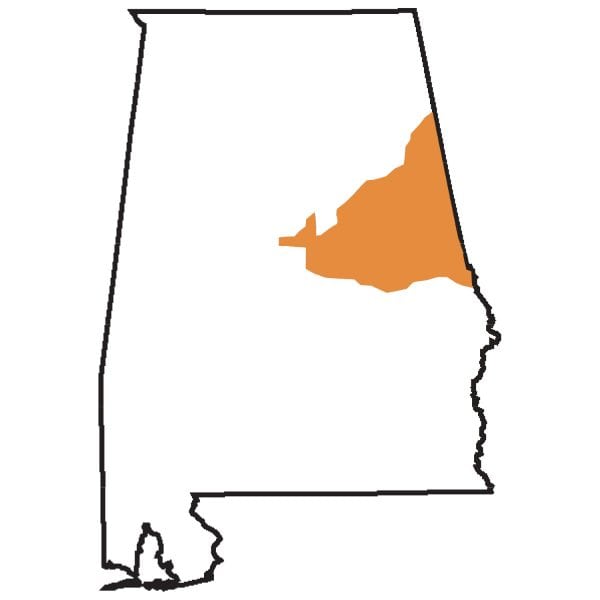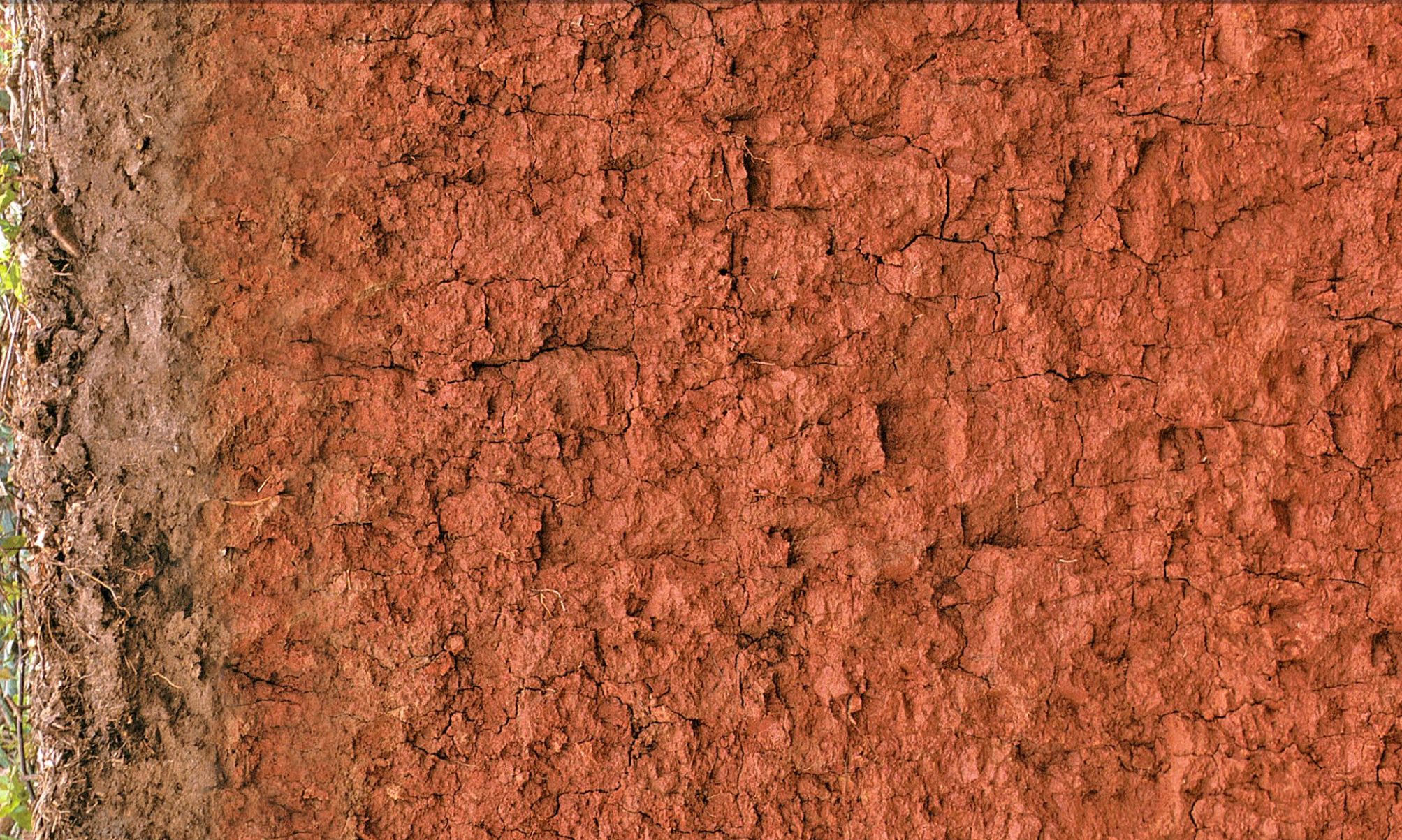Healthy Soils

Alabama is home to 6 different soil areas. The areas are divided based on soils with similar parent materials, or geological material. Although there are 6 major soil areas, each area includes hundreds of different soil series, or named soils. Generally, series names come from a geographical location near where a similar soil was first described.
Piedmont means foot (pied) of the mountain (mont). The Piedmont Plateau region extends from East Central Alabama into Maryland and Pennsylvania between the Appalachian Mountains and the Atlantic Coastal Plain. These soils are some of the oldest in the Western Hemisphere. Piedmont soils evolved from ancient igneous (volcanic) rocks formed millions of years before the Appalachian Mountains were pushed upward. Parent material of the Piedmont soils include granite (Stone Mountain, Georgia, is a granite outcropping), mica, gniess, schist, and quartz (Mount Cheaha’s rocky ridges are quartzite).
Characteristics:
- These soils are old and highly weathered.

- These soils are generally well-drained and relatively fertile. Two hundred years ago, these were the most productive soils in the U.S. It was in the Piedmont that George Washington and Thomas Jefferson established their plantations. In the early 1800s, almost every acre of the southern Piedmont was cleared for cotton production. Poor farming practices led to severe erosion.
- The red Georgia clay soils we see throughout most of the southern Piedmont is actually old subsoil left over after 200 years of erosion.
Considerations
Today new A horizons are forming on top of old C horizons as the Piedmont’s rolling hills have been converted back to forests. Pastures and hayfields have been converted to urban vegetation. Easily compacted, these old Piedmont soils are excellent for building highways, basements, landfills, and big cities, such as Atlanta, Georgia; Greenville, South Carolina; Charlotte, North Carolina; Raleigh, North Carolina; and Richmond, Virginia.
Photo by John A. Kelley, USDA Natural Resources Conservation Service.

